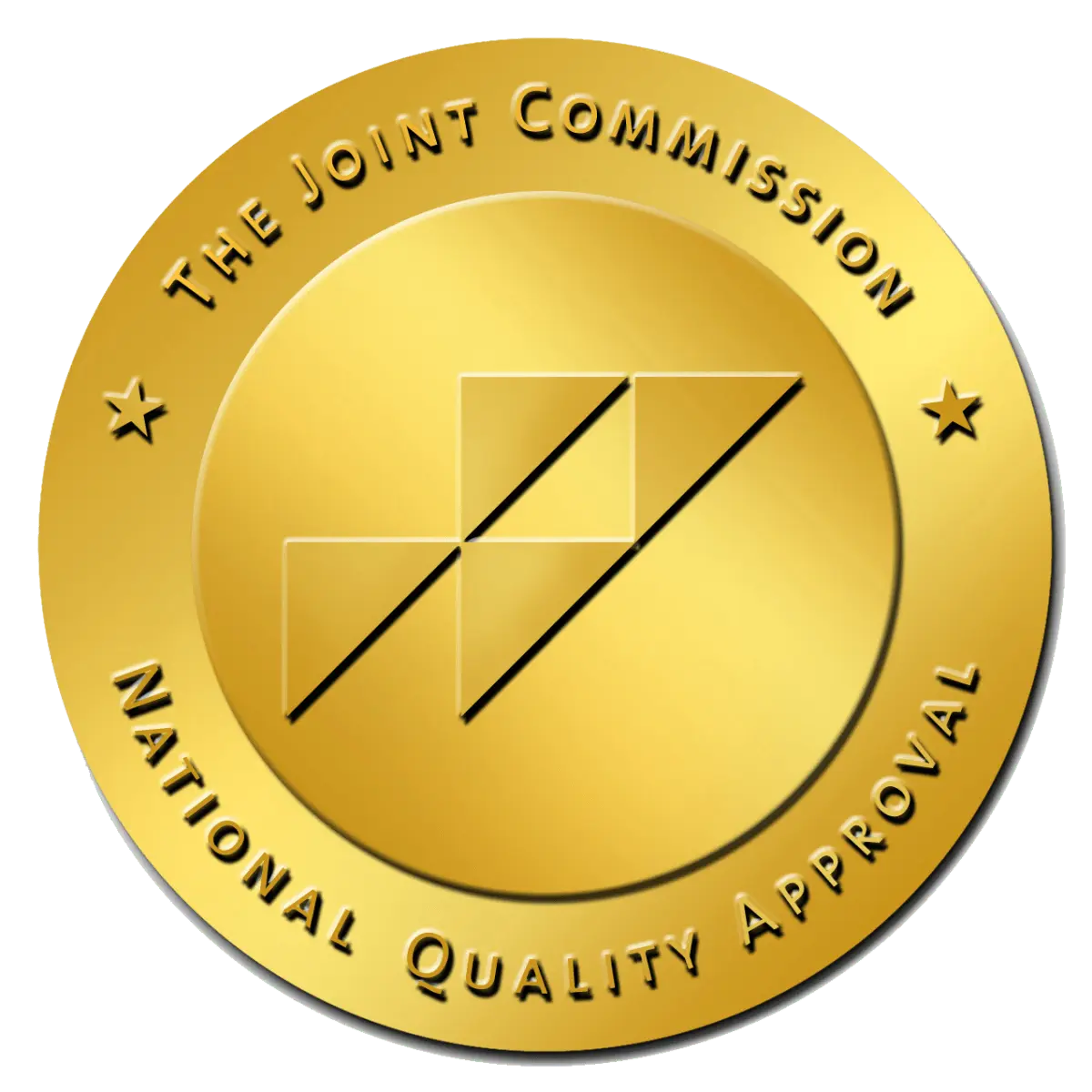Heroin Street Names/Nicknames
Written by: Michelle Beaupre, PhD, LCSW | Reviewed by: Christian Small, MD
Heroin is one of the most dangerous and addictive substances plaguing our society today. According to the National Institute on Drug Abuse (NIDA), nearly 15,000 people died from overdoses involving heroin in the United States in 2019. This alarming statistic underscores the critical need for awareness and prevention efforts. One key aspect of these efforts is understanding the various street names and nicknames for heroin. These aliases are often used to disguise the substance, making it challenging for law enforcement and loved ones to detect heroin use. Common street names like “Black Tar” and “China White” refer to different forms of heroin, with “Black Tar” being a dark, sticky substance and “China White” being a highly pure, white powder. Recognizing these names can be crucial in identifying heroin use and intervening before it leads to more severe consequences.
At Villa Oasis, we are committed to helping individuals and families affected by heroin addiction through comprehensive treatment programs that address every stage of recovery. Our facility offers all levels of care, including residential treatment, detox, outpatient programs (IOP and PHP), and sober living environments. Understanding the street names and recognizing the signs of heroin use is the first step toward recovery, and we are here to support you through every stage of the journey. Villa Oasis aims to guide individuals toward lasting sobriety and a brighter future by providing a safe and structured environment.

What is Heroin?
Heroin is an opioid drug made from morphine, a natural substance extracted from the seed pod of the Asian opium poppy plant. It can appear as a white or brown powder or as a black sticky substance known as black tar heroin. Regardless of its form, heroin is highly addictive and poses severe health risks to users. According to the National Institute on Drug Abuse (NIDA), nearly 15,000 people died from overdoses involving heroin in the United States in 2019. Additionally, the Centers for Disease Control and Prevention (CDC) reported that U.S. drug overdose deaths increased 30% from 2019 to 2020 and another 15% in 2021, with a significant portion of these deaths involving opioids like heroin and illicitly manufactured fentanyls (IMFs).
Heroin works by binding to opioid receptors in the brain, producing intense feelings of euphoria and pain relief. However, repeated use quickly leads to tolerance, dependence, and addiction. The health risks associated with heroin use are numerous and severe, including respiratory depression, increased risk of infectious diseases (such as HIV and hepatitis due to needle sharing), collapsed veins, and a higher likelihood of engaging in risky behaviors. The rapid development of addiction and the profound impact on both physical and mental health make heroin one of the most challenging substances to overcome without professional help.
Common Heroin Street Names
Heroin is often referred to by various street names and nicknames that can vary by region and community. Understanding these terms is essential for recognizing potential heroin use and facilitating timely intervention. According to the 2020 National Survey on Drug Use and Health (NSDUH), approximately 902,000 people in the United States aged 12 or older reported using heroin in the past year (SAMHSA). This highlights the critical need for awareness of heroin’s many aliases. Here are some of the most common street names for heroin:
- Black Tar: This term refers to a dark, sticky form of heroin that is often less refined and originates from Mexico. Its appearance resembles roofing tar or black licorice.
- China White: A highly pure form of heroin, usually white. This type is known for its high potency and is often more dangerous due to the increased risk of overdose.
- Brown Sugar: Refers to a brown powder form of heroin. The color can vary depending on the additives and the refinement process.
- Dope: A general slang term used to refer to heroin. It is widely recognized and commonly used among users and dealers.
- H: A simple abbreviation for heroin, making it a discreet way to refer to the drug in conversation.
- Horse: A term that highlights the powerful and ‘kick’ of the drug, often used to emphasize its strong effects.
- Junk: An older term that was commonly used in the mid-20th century to refer to heroin.
- Skag: Another slang term for heroin, often used in different subcultures and regions.
- Smack: One of the most widely recognized street names for heroin, commonly used across various demographics.
- Thunder: This term refers to the drug’s powerful and often overwhelming effects, emphasizing its intensity.
Understanding these street names helps in identifying conversations or references to heroin use, which can be crucial for early detection and intervention. Being aware of these terms can assist parents, educators, law enforcement, and healthcare professionals in recognizing heroin-related activities and providing the necessary support to those affected by heroin addiction.
Regional Variations and Less Common Names
In addition to the more commonly known nicknames, heroin is also referred to by various other names that can depend on the region and the specific form of the drug. These regional variations and less common names often provide clues about the drug’s origin, method of use, or purity. Understanding these terms can be crucial for identifying heroin use and patterns of distribution:
- Mexican Mud: This name refers to heroin originating from Mexico, typically in the form of black tar heroin. Black tar heroin is less refined, dark, and sticky, resembling tar or licorice.
- Dragon: A reference to the method known as “chasing the dragon,” where users inhale the vapor from heated heroin. This term highlights a specific way of consuming the drug, which can vary in prevalence by region.
- Boy: Used as a code name for heroin in some urban areas, “boy” is a discreet term that helps users and dealers communicate without drawing attention.
- Snowball: This term refers to a combination of heroin and cocaine, used together to enhance the effects of both drugs. Mixing these substances can increase the risk of overdose and other health complications.
- White Lady: Another term for high-purity heroin, often white in color. This name underscores the quality and potency of the drug, which can vary significantly and affect the risk of overdose.
- Witch: A less common term used in certain circles, “witch” may indicate a specific cultural reference or local slang for heroin.
Understanding these regional and less common names for heroin can aid in the early detection of heroin use and provide insights into the patterns and behaviors associated with its distribution and consumption. Being aware of these terms can assist law enforcement, healthcare providers, and community members in recognizing heroin-related activities and intervening appropriately.
Recognizing the Signs of Heroin Use
Understanding the street names for heroin can help in identifying potential drug use. However, recognizing the physical and behavioral signs of heroin use is equally important for early detection and intervention. These signs can manifest in various ways and can be categorized into physical symptoms, behavioral changes, and the presence of drug paraphernalia.
Physical Symptoms
Heroin use often leads to distinct physical symptoms:
- Constricted Pupils: Pinpoint pupils, often referred to as heroin eyes, that do not respond to changes in light.
- Drowsiness: Extreme relaxation or “nodding off.”
- Sudden Weight Loss: Unexplained and rapid weight loss due to decreased appetite and neglect of personal health.
- Needle Marks: Visible signs of injection, typically found on the arms.
- Flu-like Symptoms: Symptoms such as runny nose, nausea, and vomiting, especially during withdrawal.
Behavioral Changes
Heroin use significantly impacts an individual’s behavior:
- Secretive Behavior: Users often become secretive and isolate themselves.
- Neglect of Responsibilities: Decline in fulfilling work, school, or family obligations.
- Withdrawal from Social Activities: Loss of interest in hobbies and activities.
- Financial Difficulties: Borrowing money or selling possessions to fund their habit.
Paraphernalia
The presence of certain items can indicate heroin use:
- Needles and Syringes: Used for injecting heroin.
- Small Bags or Balloons: Used to package and transport the drug.
- Burnt Spoons: Used to heat and liquefy heroin for injection.
- Rubber Tubing or Belts: Utilized as tourniquets to make veins more accessible for injection.
Recognizing these signs can be critical for intervening and providing support and treatment. Early detection can lead to timely intervention, potentially saving lives and helping individuals begin their journey toward recovery. If you suspect someone is using heroin, seeking professional help can provide the comprehensive care and support needed to address addiction and promote long-term recovery. To learn more about specific signs and symptoms, you might find the article “Is my loved one on heroin” helpful.
Comprehensive Heroin Addiction Treatment at Villa Oasis
At Villa Oasis, we provide a safe and supportive environment for individuals battling heroin addiction. Our comprehensive approach includes multiple levels of care to meet the unique needs of each client:
Detoxification
Detox is the first crucial step in overcoming heroin addiction. Our medical detox program ensures clients can withdraw from heroin safely and comfortably under the supervision of our experienced medical team. We provide 24/7 care to manage withdrawal symptoms and ensure a stable transition into the next phase of treatment.
Understanding the process and duration of withdrawal is crucial for those considering recovery. Withdrawal symptoms can begin as early as a few hours after the last dose and peak within 1-3 days. The overall withdrawal period can last for about a week, but some symptoms may persist longer. For more detailed information on this process, check out our guide on “how long is heroin withdrawal“.
Residential Treatment
Our residential treatment program offers a structured and immersive environment for individuals to focus entirely on their recovery. This level of care includes:
- Individual Therapy: One-on-one sessions with a licensed therapist to address the root causes of addiction.
- Group Therapy: Peer support and shared experiences to foster a sense of community and belonging.
- Holistic Therapies: Activities such as yoga, meditation, art therapy, and fitness programs to promote overall well-being.
- Life Skills Training: Equipping clients with the tools they need for a successful and sober life post-treatment.
Partial Hospitalization Program (PHP)
Our PHP provides intensive treatment while allowing clients to return home in the evenings. This program is ideal for those who need structured support but have a stable living environment. PHP includes:
- Daily Therapy Sessions: Comprehensive therapeutic interventions tailored to individual needs.
- Medical Monitoring: Regular health assessments to ensure physical well-being.
- Skill Development: Focused training on coping strategies, relapse prevention, and stress management.
Intensive Outpatient Program (IOP)
IOP is designed for individuals who require less intensive support but still need regular therapeutic engagement. This program allows clients to maintain work or school commitments while participating in treatment. IOP includes:
- Flexible Scheduling: Evening and weekend sessions to accommodate busy lifestyles.
- Ongoing Therapy: Regular group and individual therapy sessions to support continued recovery.
- Community Integration: Assistance with reintegration into everyday life, including employment and education support.
Sober Living
For those transitioning out of primary treatment, our sober living homes provide a supportive and drug-free environment. Sober living at Villa Oasis includes:
- Structured Living: Daily routines and responsibilities to promote accountability.
- Peer Support: Living with others who are also in recovery to build a supportive community.
- Continued Therapy: Access to ongoing counseling and support groups.

Why Choose Villa Oasis for Heroin Addiction Treatment?
Choosing the right treatment center is crucial for successful recovery. Villa Oasis stands out for several reasons:
- Experienced Staff: Our team of medical professionals, therapists, and counselors is dedicated to providing the highest-quality care.
- Individualized Treatment Plans: We recognize that each person’s journey is unique and tailor our programs to meet individual needs.
- Holistic Approach: We treat the whole person, addressing the physical, emotional, and spiritual aspects of recovery.
- Continuum of Care: From detox to aftercare, we offer a full spectrum of services to support long-term sobriety.
- Beautiful Location: Our serene setting provides a peaceful backdrop for healing and recovery.
If you or a loved one is struggling with heroin addiction, understanding the street names and recognizing the signs of use is the first step toward recovery. Villa Oasis is here to provide the support and care you need to reclaim your life. Contact us today to learn more about our programs and start your journey to recovery.

